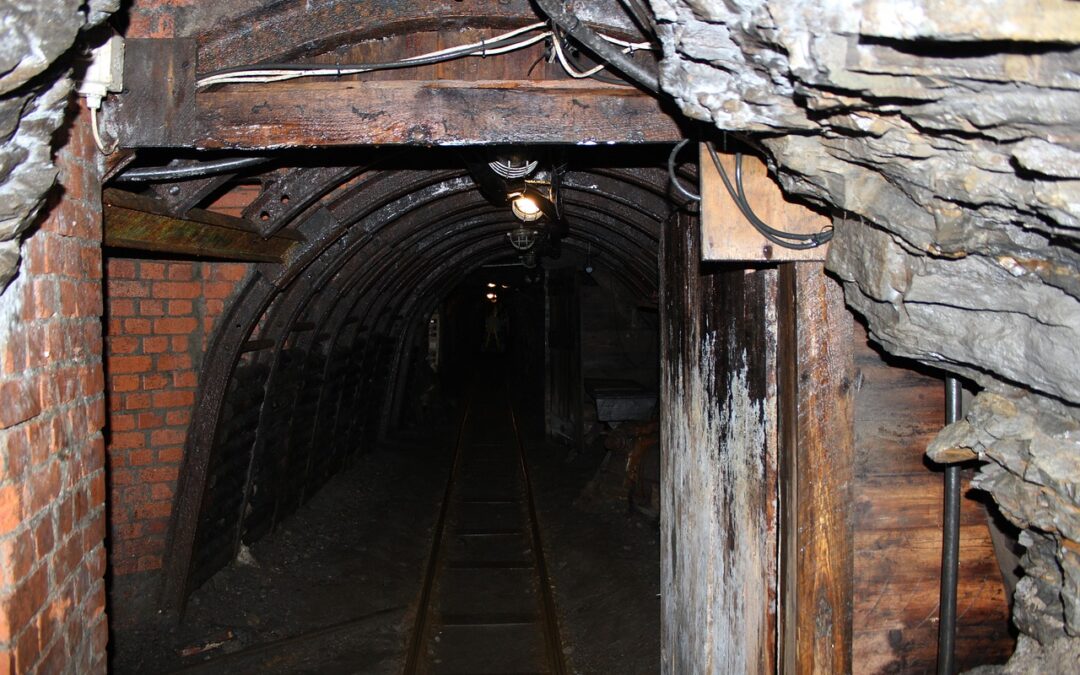Underground mining has been a crucial method for extracting valuable minerals and resources from beneath the Earth’s surface for centuries. As the demand for metals and minerals grows, it’s important to weigh the pros and cons of this mining method. In this article, we’ll explore the advantages and disadvantages of underground mining, giving you a clear understanding of its benefits and challenges.
The Purpose of Underground Mining
The primary purpose of underground mining is to access valuable minerals located deep beneath the Earth’s surface that are not easily accessible via surface mining. This method is essential for extracting metals like gold, silver, copper, and other precious minerals found in ore deposits deep underground. Underground mining is typically employed when minerals are located at depths where surface mining would be inefficient or impossible.
Advantages of Underground Mining
Despite its complexities, underground mining offers several advantages that make it the preferred choice in certain situations. Below are some of the key benefits.
Reduced Surface Disturbance
One of the most significant advantages of underground mining is that it causes reduced surface disturbance compared to surface mining. Since most of the activity occurs below ground, this method leaves much of the natural landscape and ecosystems above ground intact.
Higher Recovery Rates
Underground mining allows for higher recovery rates of valuable minerals and materials. It’s designed to target high-grade ores deep underground, resulting in more efficient extraction of resources with minimal waste.
Less Visual Impact
Unlike surface mining, which often leaves large open pits and disturbed landscapes, underground mining has less visual impact on the environment. This makes it more appealing in areas where preserving the natural beauty of the land is essential.
Lower Noise Pollution
Underground mining generates lower noise pollution, as much of the machinery and extraction activities take place below ground. This reduces disturbances to nearby communities and wildlife compared to surface mining operations, which can be extremely noisy.
Produces Less Waste
This mining method typically produces less waste, as it targets specific mineral-rich areas deep underground. By focusing on high-yield deposits, the need for large-scale waste disposal is minimized, leading to more sustainable mining practices.
Access to Rare Metals and Important Materials
Underground mining provides access to rare metals and important materials that are not available through surface mining. Metals like platinum, zinc, and gold are often found deep below the Earth’s surface, and underground mining is necessary to access these valuable resources.
Less Likely to Damage the Environment Above
Since the mining operations take place below the surface, underground mining is less likely to damage the environment above. Forests, rivers, and ecosystems on the surface often remain undisturbed, reducing the overall ecological impact.
Job Security
Underground mining often requires a large workforce, which provides job security for miners. The demand for skilled labor in underground operations remains strong, offering employment opportunities in various regions.
Disadvantages of Underground Mining
While there are clear advantages to underground mining, it is not without its challenges. Let’s take a closer look at some of the disadvantages of underground mining.
Higher Costs
One of the primary drawbacks of underground mining is its higher costs compared to surface mining. The complexity of drilling deep underground, installing ventilation systems, and maintaining safety equipment significantly increases operational expenses.
Longer Development Time
Underground mining requires a longer development time before production can begin. Extensive planning, digging tunnels, and setting up infrastructure are necessary to reach the desired mineral deposits, which can delay mining operations.

Damage to the Environment
Although underground mining causes less surface disturbance, it can still result in damage to the environment. Subsidence, where the ground above the mine collapses, can cause sinkholes, disrupt ecosystems, and lead to contamination of groundwater.
Historically More Dangerous
Underground mining is historically more dangerous than surface mining due to the risk of cave-ins, explosions, and exposure to toxic gasses. While safety measures have improved significantly over the years, underground mining remains a hazardous occupation for workers.
Evaluating Underground Mining: A Balanced Perspective on Benefits and Challenges
In conclusion, underground mining presents a balanced mix of advantages and disadvantages. On the one hand, it offers reduced surface impact, access to rare metals, and higher recovery rates. On the other hand, it is associated with higher costs, longer development times, and potential environmental risks. For those weighing the pros and cons of this mining method, it’s important to consider the specific needs of each project and the impact on both the environment and local communities.

